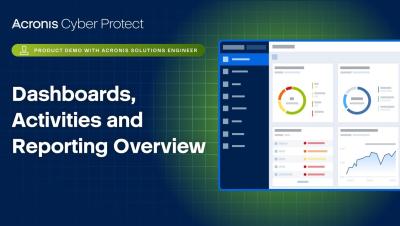The Human Factor in a Tech-Driven World: Insights from the CrowdStrike Outage
The idea that people are the weakest link has been a constant topic of discussion in cybersecurity conversations for years, and this may have been the case when looking at the attack landscape of the past. But we live in a new world where artificial intelligence (AI), large language models (LLMs) and deep fake technology are changing every day.










